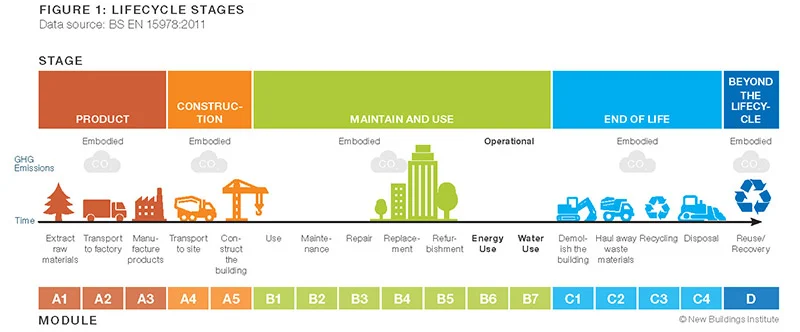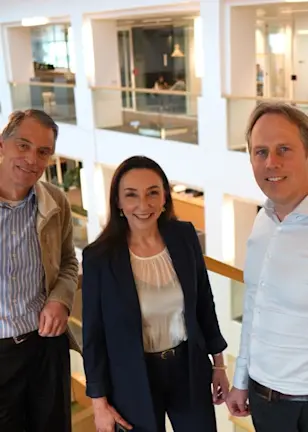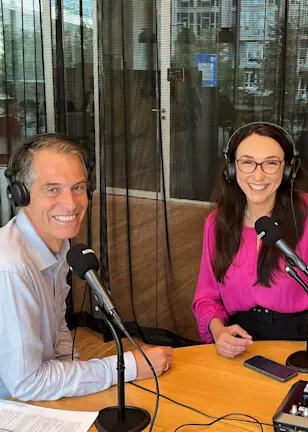Disclaimer
BY CLICKING ON “I AGREE”, I DECLARE I AM A WHOLESALE CLIENT AS DEFINED IN THE CORPORATIONS ACT 2001.
What is a Wholesale Client?
A person or entity is a “wholesale client” if they satisfy the requirements of section 761G of the Corporations Act.
This commonly includes a person or entity:
who holds an Australian Financial Services License
who has or controls at least $10 million (and may include funds held by an associate or under a trust that the person manages)
that is a body regulated by APRA other than a trustee of:
(i) a superannuation fund;
(ii) an approved deposit fund;
(iii) a pooled superannuation trust; or
(iv) a public sector superannuation scheme.
within the meaning of the Superannuation Industry (Supervision) Act 1993that is a body registered under the Financial Corporations Act 1974.
that is a trustee of:
(i) a superannuation fund; or
(ii) an approved deposit fund; or
(iii) a pooled superannuation trust; or
(iv) a public sector superannuation scheme
within the meaning of the Superannuation Industry (Supervision) Act 1993 and the fund, trust or scheme has net assets of at least $10 million.that is a listed entity or a related body corporate of a listed entity
that is an exempt public authority
that is a body corporate, or an unincorporated body, that:
(i) carries on a business of investment in financial products, interests in land or other investments; and
(ii) for those purposes, invests funds received (directly or indirectly) following an offer or invitation to the public, within the meaning of section 82 of the Corporations Act 2001, the terms of which provided for the funds subscribed to be invested for those purposes.that is a foreign entity which, if established or incorporated in Australia, would be covered by one of the preceding paragraphs.
Sustainable investing
Embodied carbon
In the property sector, embodied carbon refers to the carbon emissions associated with the production and transportation of building materials and components, as well as the construction of a building, end-of-life (demolition, site clearance and disposal of material), ongoing physical maintenance and refurbishments.
Embodied carbon is only one element of a building’s whole life carbon footprint. The other being operational carbon which refers to the carbon emissions associated with the day-to-day energy use of a building, such as heating, cooling, and lighting.
Embodied carbon is more difficult to measure than operational carbon but as tools to measure it become more sophisticated it is expected to be recognized as an increasingly significant constituent of the property sector’s overall carbon footprint.

Green leases
Green leases are lease agreements with the objective of making the occupancy of a property sustainable. There is currently no common global standard that defines a green lease.
Typically a green lease incorporates clauses obliging owner and the lessor to undertake actions and maintain standards with regards to subjects including energy efficiency measures, waste management or disposal, and resource-use efficiency.
Green leases can help companies satisfy broader operational environmental obligations, save costs and satisfy, or futureproof against, regulatory requirements in the specific geography or jurisdiction, especially those related to energy efficiency.
Green lease clauses are expected to become a standard element of commercial property leases as environmental regulations governing the real estate sector become stricter.
















